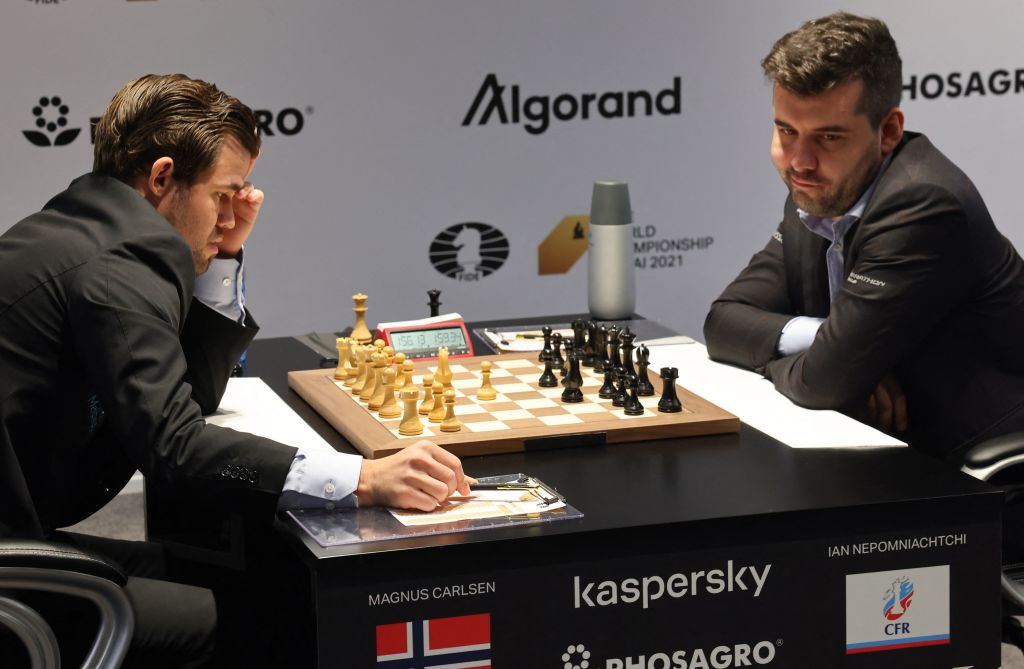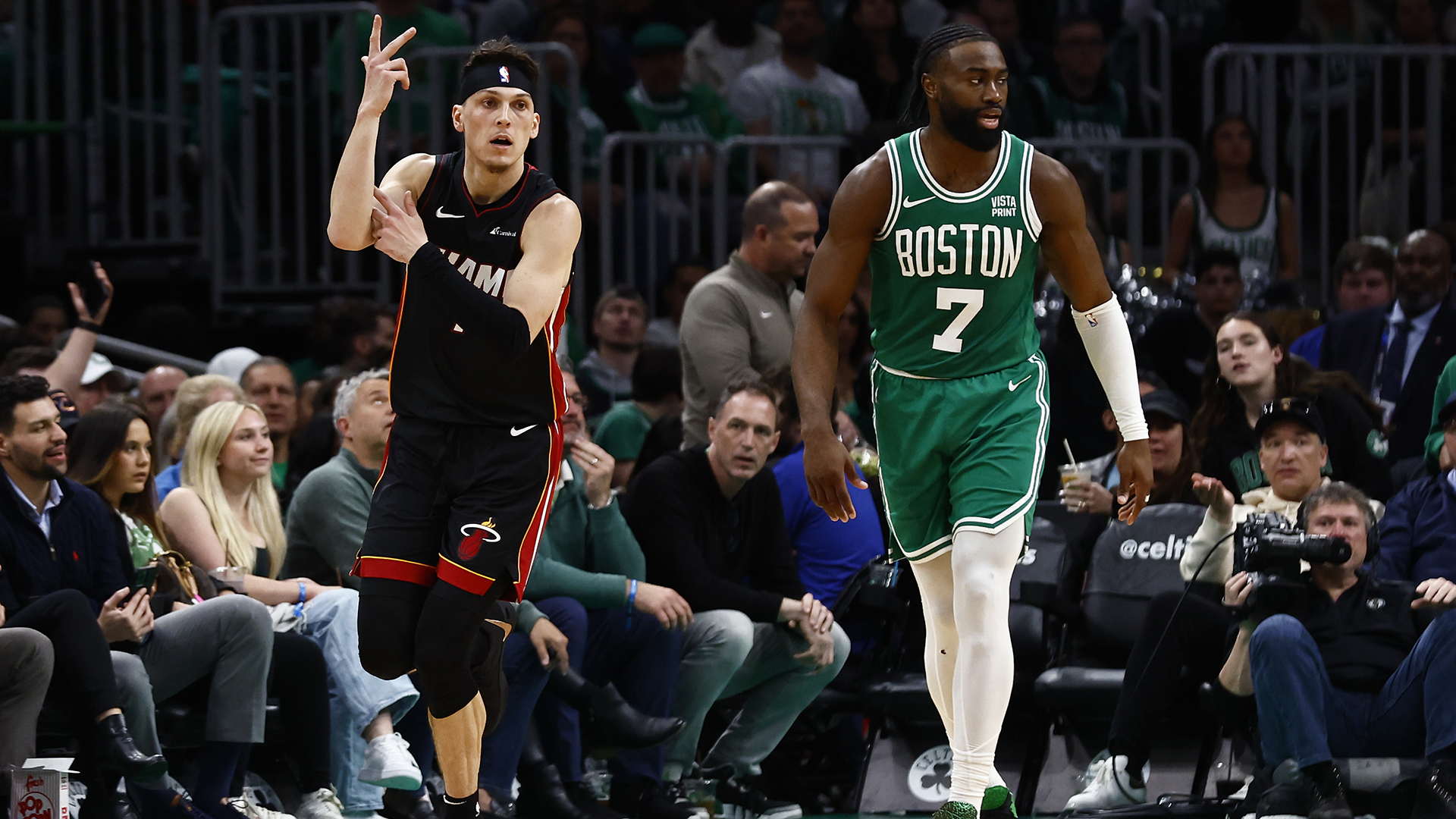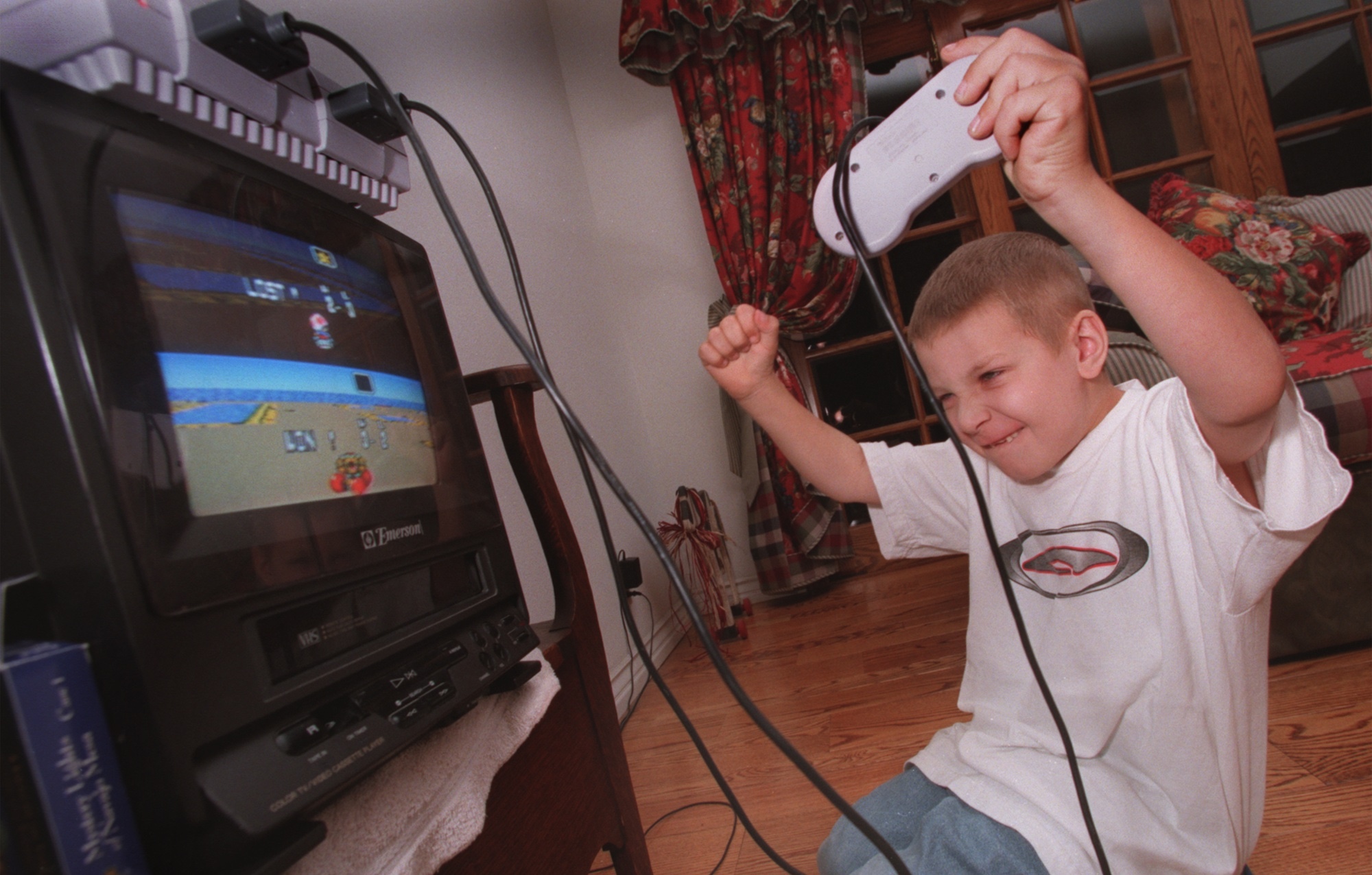Magnus Carlsen And Ian Nepomniachtchi Brought Classic Sports Drama To Chess
9:58 AM EST on December 13, 2021

Magnus Carlsen has retained his title as World Chess Champion in dominant fashion, defeating challenger Ian Nepomniachtchi in their 14-game match by a score of 4-0 with three games to spare. Nepo fell apart in the second half of the match, making one-move pawn blunders in three of the last four games to gift Carlsen his easiest title win yet. Carlsen continues on his quest to one day claim GOAT status, while Nepo will be left to work through how it all went wrong.
Only 11 of the scheduled 14 games were needed, as Carlsen closed the match ahead of schedule in ruthless style. Let’s recap the final three games, using bold type to display moves that actually occurred in the games, and regular type to discuss hypothetical variations which did not. (In case you missed it, check out our match preview, and recap of games 1-8.)
Game 9: The Blunder Heard ‘Round The World
After a rest day following two tough losses in the last three games, Ian Nepomniachtchi entered Game 9 determined to stanch the bleeding and to get his world championship tilt back on track. Requiring two victories in six games against the highest-rated player of all time is no easy feat, but if Nepo could squeeze out one win, the champion might start feeling the pressure.
Nepo recognized that some changes were needed, so he started by cutting off his signature man-bun! I’m reminded of other famous visits to the hairdresser throughout history: Britney Spears going bald, Gwyneth Paltrow’s character changing it up in Sliding Doors, Elvis Presley getting a trim upon joining the Army. Good on ya, Nepo—new hair, new me, baby!
Nepomniachtchi also decided to change up his opening choice with the White pieces, deviating from 1.e4 with the English Opening, 1.c4. With this well-established-but-less-common first move, Nepo presumably hoped to be able to probe Carlsen for any sign of a lack of preparation and to push for an opening advantage. We indeed got an interesting and double-edged opening, and Nepo may have started to feel optimistic.
A bit of a nano-controversy arose on move 19 when Carlsen adjusted the position of one of his pieces without moving it. Chess’s “touch-move” rule mandates that if a player touches a piece, they must move it—i.e., you can’t change your mind after picking up your piece—unless the player “first expresses [their] intention” to adjust the piece on its square. This is traditionally (but not mandatorily) done by verbally announcing j’adoube, French for “I adjust,” but Carlsen only put his hand up in the “don’t mind me” pose after he had touched the piece. Watch the incident for yourself here, and although there’s no point harping on it, let me give my analysis of what happened, because I’m right and everyone else is wrong. I think it’s quite clear subjectively that Carlsen didn’t intend to play a knight move and was indeed adjusting the piece, and so there’s no need for anything further. However! Carlsen got salty at a reporter asking him about the incident after the game and snapped at him to “do better.” But mate, you’re the world champion—how about you do better by putting your hand up before you touch the piece, if you don’t want to get asked about it! You brought this on yourself! (Not convinced? Here’s your contrarian starter kit: The knight was right in the centre of square and didn’t need adjusting! Carlsen didn’t actually even adjust its position! And he appeared to do the same thing in the 2016 match! I’ve seen enough: Send him to the damn chess gallows!)
That aside, the game was edging along on a tense knife edge, with Nepo having everything under control—not necessarily yet pushing for a win, but with no real risk of not being able to make a draw. And then, it all went to shit.
In the below position, after only four minutes’ thought, Nepo played pawn c5??, one of the worst moves ever played in a world championship match. Here’s your chance, reader, to prove that for one whole move you can match it with the world championship challenger—find the winning move for Black!
Simply pawn to c6! and White’s b7 bishop is trapped—there’s no retreat, as Black’s c6 pawn is protected by its bishop, and in the time that the Black rooks can arrange a double-attack on the bishop, only one of White’s pieces can come to defend, since the rooks are in each others’ way and the knight can’t help out. Nepo hadn’t forseen this problem (and in fact didn’t see his error until Carlsen played his reply), since he had “calculated” that after c5 c6, the b3 knight could come to c5 to defend the bishop. Nice one, buddy—too bad you’ve put your pawn on that square one entire move earlier. Poor Nepo was away from the board in the rest area when Carlsen played the winning move after less than three minutes, and didn’t return for nearly 20 minutes, during which time I thought he might have gotten in a taxi directly to the airport. Although he might have resigned on the spot, play continued pawn f3, knight back to h6, rook e4, and then Black moved in for the kill: rook a7!, rook b4, rook b8!, pawn to a4, and the bishop’s time was up, as Black’s a7 rook sent it to the great chessboard in the sky. An exchange of one pair of rooks followed, and it was all over bar the shouting. Nepo resigned a few moves later.
This was a far more catastrophic blunder than in Game 8, where Nepo “only” blundered a pawn, which is a significant but not necessarily decisive concession at the highest level, and Carlsen was still obliged to demonstrate thatWhis position was better. The loss of an entire piece, on the other hand, is utterly ruinous. (Quick bit of terminology: when discussing the material count of each side, a reference to a “piece” is to a bishop or knight. You’d refer to each other doohickey by its own name.) It elicited memories of Bobby Fischer’s boneheaded blunder in Game 1 of the 1972 match against Boris Spassky, where Fischer trapped his bishop in a similar manner and was forced to resign in short order.
This wasn’t the kind of error where the chess world was drawn to the screen in excitement; it was one where everyone turned away in secondhand embarrassment. It was a feeling of “how sad,” rather than “how stupid.” The commission of such an elementary blunder by such an accomplished and high-rated player was a clear sign that his head was not in the right place. With five games to go and now down 3-0, it was just a question of how quickly the end would come.
Game 10
Game 10 saw a quiet game where a draw appeared to suit both sides: Ian Nepomniachtchi needed to regain his composure with a solid showing with the Black pieces after losing three of the last four, and Magnus Carlsen was happy to pick up an easy draw which would put him within one full point of defending his title.
In important fashion news, Carlsen changed up his pattern of suit choices by opting for a black suit when playing with the White pieces for the first time in the match. Carlsen again opened with 1.e4, and, as in Games 4 and 8, Nepo responded with 1…e5 2. Nf3 Nf6, the Petroff Defense. The choice surprised Carlsen, who had expected Nepo to opt for a more fighting setup.
The game was a snoozefest, as the queens came off the board on move 11 and with symmetrical pawn structures neither side threatened to eke out any sort of advantage. I won’t waste your time: The players sped to the time control and agreed a draw on move 41 with only a pair of rooks and knights and three pawns each on the board.
Game 11
As the legendary Sid Waddell used to say: When the tiger comes for tea, you don’t put sauce on yourself. Well, after an honorable and hard-fought loss in Game 6, Ian Nepomniachtchi emptied his reserves of sauce and silver platters in doing his part to make the rest of Magnus Carlsen’s dinner as smooth as possible. Game 11 saw him blow an equal position with one single pawn move for the third time in four games, to end the 2021 world chess championship on a distinctly glum note.
Game 11 started out OK for the challenger: after 1.e4 e5 he didn’t give us the King’s Gambit (boooooooooooo!), but varied from his previous Spanish Opening choices to play an Italian Game: 2.Nf3 Nc6 Bc4, another classic opening in which White has many ways to fight for an advantage.
Once again, things were going fine (but no better) for Nepo—he was probably playing too quickly and straying from complications which might have afforded him better winning chances, perhaps indicating that he subconsciously wanted the match to be over as soon as possible.
And then once again, disaster struck, and Nepo blundered the house in one move. It’s that time again, folks: After pawn g3?? (somehow played after nine minutes’ thought!), spot the correct move for Black:
In a vacuum, a rook is worth more than a knight, but chess isn’t played in a vacuum, and context and position is everything. And so, Carlsen correctly replied with pawn on d4 takes knight!, and after White’s g3 pawn takes rook, the White king was exposed—queen takes on g4, check!, and Black had an array of continuations to choose from.
From his menu of options Carlsen opted for the following plan: to shuffle the king around with a few queen checks, ride his horsey into the fray starting with knight f5, win back the exchange (another bit of terminology—to win a rook for a knight or bishop) and to trade down into a rook endgame in which he had an extra pawn and a more active rook. (Amongst the other options would have been a plan involving swinging the d8 rook from d6 to g6 and to proceed to stomp on the White king’s throat.)
In that endgame, Magnus was clearly enjoying himself. His h-pawn raced down the board, and on move 44 he sacrificed his rook to permit his footsoldier to queen. On move 49 Nepo resigned in the following totally lost position, and Magnus Carlsen had won his fifth world title.
A totally deserved victory, in which the world No. 1 took the best that the challenger could throw at him, broke his spirit with the epic Game 6 victory, and capitalized on every opportunity then handed to him.
In many ways, the entire match turned on one moment: Nepomniachtchi’s decision to offer Carlsen a trade of his queen for a pair of rooks in Game 6. After five frustrating draws, that was the first opportunity that Carlsen had had to spread his wings and fight in an unbalanced position. Objective evaluation aside, that was likely a losing plan, as the greatest positional player of all time was able to wave his magic over the course of a near-eight-hour game. We know what happened from there, as Nepo irresolutely fell apart after the heartbreak of that loss. We’ll never know, but I suspect that the entire match would have turned out differently if Nepo had kept things balanced and secured a daw in Game 6.
Carlsen will now have held the world championship for a full decade before his next challenge in 2023. He sits dominant atop the world of chess, a mammoth 61 rating points ahead of world No. 2, being his generational challenger, 18-year-old Alireza Firouzja. The fans deserve those two to go against it for the title next time around, and Carlsen stated that Firouzja’s recent scintillating run of form heavily motivated him heading into this match. Without getting too far ahead of ourselves, it looks set up to be chess’s next great rivalry.
As for Nepomniachtchi, some soul-searching will be in order. Sorry if this comes across as harsh, but he’s shown himself utterly unqualified to fight for the world title, and with such a spectacular collapse on chess’s biggest stage it may take some time for him to get back to his swashbuckling form of old.
As a tangential discussion, one factor which always has and to some degree always will hold classical chess back from hitting the mainstream heights of popularity is that some level of knowledge of the game is a barrier to entry to enjoying it. A non-zero comprehension of tactics and basic strategy is required to follow along with rudimentary analysis of the games, and a fuller appreciation of the artistry only comes from an accumulated wealth of experience watching and playing the game. Basketball fans don’t need to understand the intricacies of a zone defense to enjoy the game; they can marvel at highlight-reel dunks and passes, attach themselves to a team, and ride the highs and lows of a season. In chess, however, there aren’t as many moments which are as obvious or visible or storylines which are easily explained. We don’t get that many flashy tactical sequences because opening theory is so dense and today’s players are too good at defense, and there aren’t many results which can be explicated in simple human terms like a moral in an Aesop fable. (Incidentally, that’s why mainstream outlets who deign to dabble in chess—ESPN, NBC News, The New York Times—serve up such utter pap, because the writers either don’t understand the game themselves or make no attempt to impart any knowledge to their audience, and end up misguidedly trying to explain chess in purely emotional terms.) The first half of this match would have been unenjoyable for any new chess fans, as neither player eked out much of an advantage in any game, and not many cool sequences were played. In the second half, however, the tables turned: The players’ mindsets could, for once, be accurately explained by reference to subjective criteria (Nepomniachtchi crumbled after taking one tough loss; Carlsen scented blood and played ruthlessly in response), and Nepo’s blunders created easily understandable move sequences on the board. Therefore, in some ways, the match unfolded perfectly to ease new fans into classical chess: The early games demonstrated how close and tense high-level chess normally is, while the second half provided meatier substance to explain the exciting results which we craved.
Thanks for following along, folks. I hope you enjoyed the ride. Long live Chessfector!
If you liked this blog, please share it! Your referrals help Defector reach new readers, and those new readers always get a few free blogs before encountering our paywall.
Stay in touch
Sign up for our free newsletter




